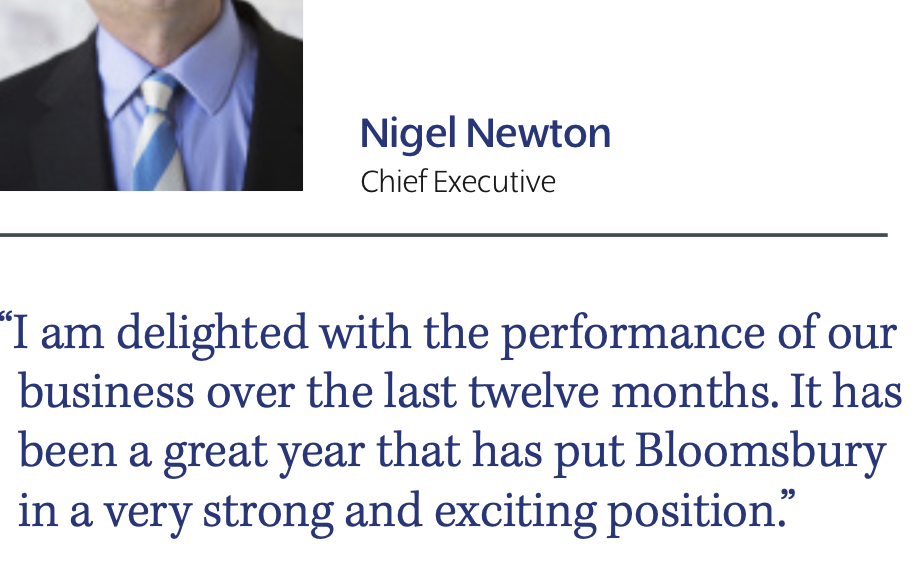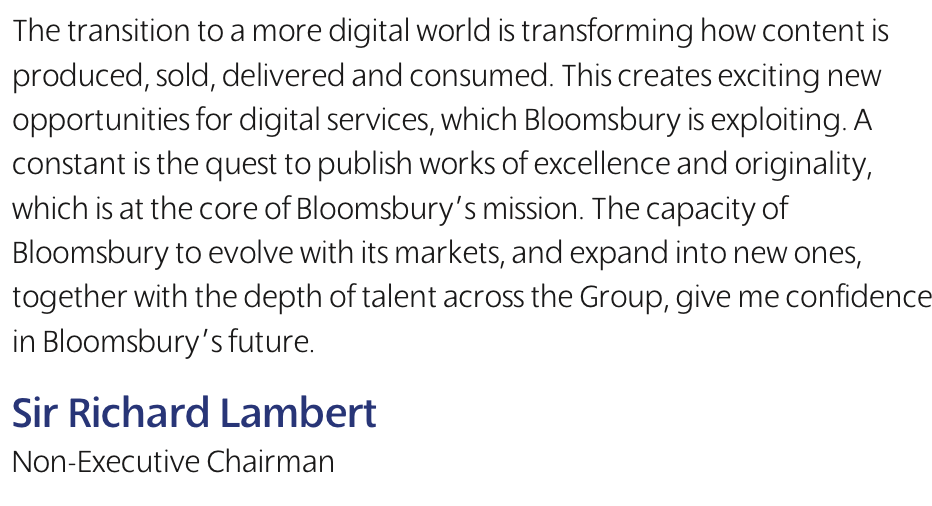In the last two blogs I discussed the merits of both the dividend and turnaround strategies to make profits in the stock market. In this blog – The growth strategy: what you need to know, I’m going to discuss another method that is used worldwide to make your Stock market portfolio grow. The whole point of a company is to increase profits by growing into expanding markets and catching a good one in its’ growth phase is a great way to earn a few quid in the stock market.
If the company grows the share price grows
This isn’t rocket science. If the company, on paper (its’ book value) is worth 100Million and there are 100Million shares in circulation each share is worth £1. If in 3 years time the company has grown to a book value of 200Million and there are still 100Million shares in circulation, each share will be worth £2. All we have to do is identify these companies and understand what the growth potential is going forward. The lovely people over at Stockopedia have called these growth companies High Fliers. Here’s a screen that I created to filter out those companies for further scrutiny

As you can see, I have only three rules in this screen and from 63000 companies I now have only 76 to analyse. I wanted to look at companies that are listed in the UK, are 500Million or less in size and are in the High Fliers category. I have highlighted Bloomsbury Publishing for further discussion which I started buying in 2018 with an average price of £2.46. The current price is £5.43. Let’s take a look at what the CEO and Chairman said in the annual report in 2018


When you add these two very positive statements with English becoming the international language and a 13 year old girl I was sitting next to on a boat trip in Germany who was reading Harry Potter in English, it doesn’t take Einstein to work out that Bloomsbury was and still is very well placed for the future with bags of growth potential. Winner winner chicken dinner.

Bloomsbury’s market cap in 2018 (left) was 124.5Million and today it’s market cap is 445.58Million. I won’t be selling my shares anytime soon.

The Growth Strategy: Stockopedia to the rescue
Stockopedia provides all the information to analyse a company for its growth potential. On each company’s stock screen you will find recent history information as you can see on the right. CAGR stands for Compound Annual Growth Rate and Stockopedia measures the company’s last period and 3yr CAGR Sales figures not only against its own industry (its competitors) but also against the whole market. Green is good, red is bad. Simples.

The Growth Strategy: Takeovers
Another great reason to invest in growth companies is that when companies get to a certain size and are unable to grow organically they enter the world of acquisitions. The only way to grow is to buy smaller companies in the growth phase of their lifespan. This is great news for the share price of the growth company but not so great for the acquiring company (in the short term at least). Let me explain.
Let’s say, for arguments sake, you had a classic car worth £20K and I wanted to buy it. If I offer you £20K for the car (it’s current market valuation), there is no incentive for you to sell it. If, however, I offered £30K for your car there is now a £10K incentive for you to sell it to me. The same happens when large companies take over smaller companies. As a rule of thumb there is a 30% markup on the share price when this happens to a successful growth company. A recent example of this is when Barrett Developments announced that they had agreed a deal to buy a smaller company Redrow (both are housebuilders in the UK. Here is the share price rise and decline of the companies on that day


So, there is a double whammy of opportunity to make profits in the stock market using the growth strategy. The share price is directly correlated with the size of the company. If the company grows 10 fold so will the share price and it could very lucrative for the shareholder if it gets involved in a takeover bid. However, I know there’s always a but, but a word of caution.
The Growth Strategy: What can go wrong?
Well, if it was that easy, we’d all be billionaires wouldn’t we? As companies grow, they can make mistakes. Grow too fast and they can hit cashflow problems and not be able to pay their short term debt obligations. If they don’t have a protected product a bigger firm will copy it, make it cheaper and put them out of business. So what do you need to look out for when using the growth strategy?
- An economic moat. In his book the intelligent investor, Ben Graham insisted that the safest way to be a successful investor was to buy companies that had their product protected in some way, either by location, customer loyalty, trademark, copyright, patents. etc.. Click on the link to buy a copy. Chapter 20 is where he discusses the economic moat. It’s worth the book just for that chapter. Bloomsbury publishing signs up authors that cannot create content for any other publishing house as an example.
- Debt management. Make sure debt levels are not running away with themselves as they expand. Here’s Bloomsbury’s debt position thanks again to Stockopedia.

It is possible to bankrupt a company from a cash positive position but you’d win a lifetime award for total incompetence if a company goes bust from a 29.3 million cash surplus. ie No debt
If the company you’re looking at has increasing debt you need to make sure its’ cash position is strong. This is Bloomsbury’s liquidity position which if they had loads of debt would be concerning to me but as they are cash positive it is not a worry. Just for Info, the Current ratio is a measure of how much cash the company has to pay its’ short term debt (within 12 months).

The Growth Strategy: Conclusion
The key to success using this strategy is picking companies that have some kind of advantage in their field, seeing a growth rate higher than the industry average and making sure that the products ARE the future. For instance, Ferrari may well have developed a new petrol engined car that is selling like hot cakes right now but for me the future is clean energy ‘travel pods’. Supercars may well be able to do 0-60 in 3 seconds with a max speed of 150mph but where the hell can you maximise the potential of the car? Additionally, and this will become major in the coming decade and beyond, if we don’t sort our carbon emissions out there won’t be a planet left so anything ‘clean energy’ is going to be the next big sector. Solar, wind, green hydrogen will all be prominent going forward.
Plenty of companies have already begun life trying to win the race to be major players in these industries but at the moment they’re not making profit so they are on my watchlist. Companies like ITM Power, Ceres power, Proton motor are all potential growth companies, just not right now. I wait patiently for the right moment to invest.
Coming up in the next blog I’m going to highlight the three individual checklists I use when buying companies in each strategy . Every pilot, no matter how many hours of experience, checks his checklist before takeoff, it’s just good practise.


0 Comments